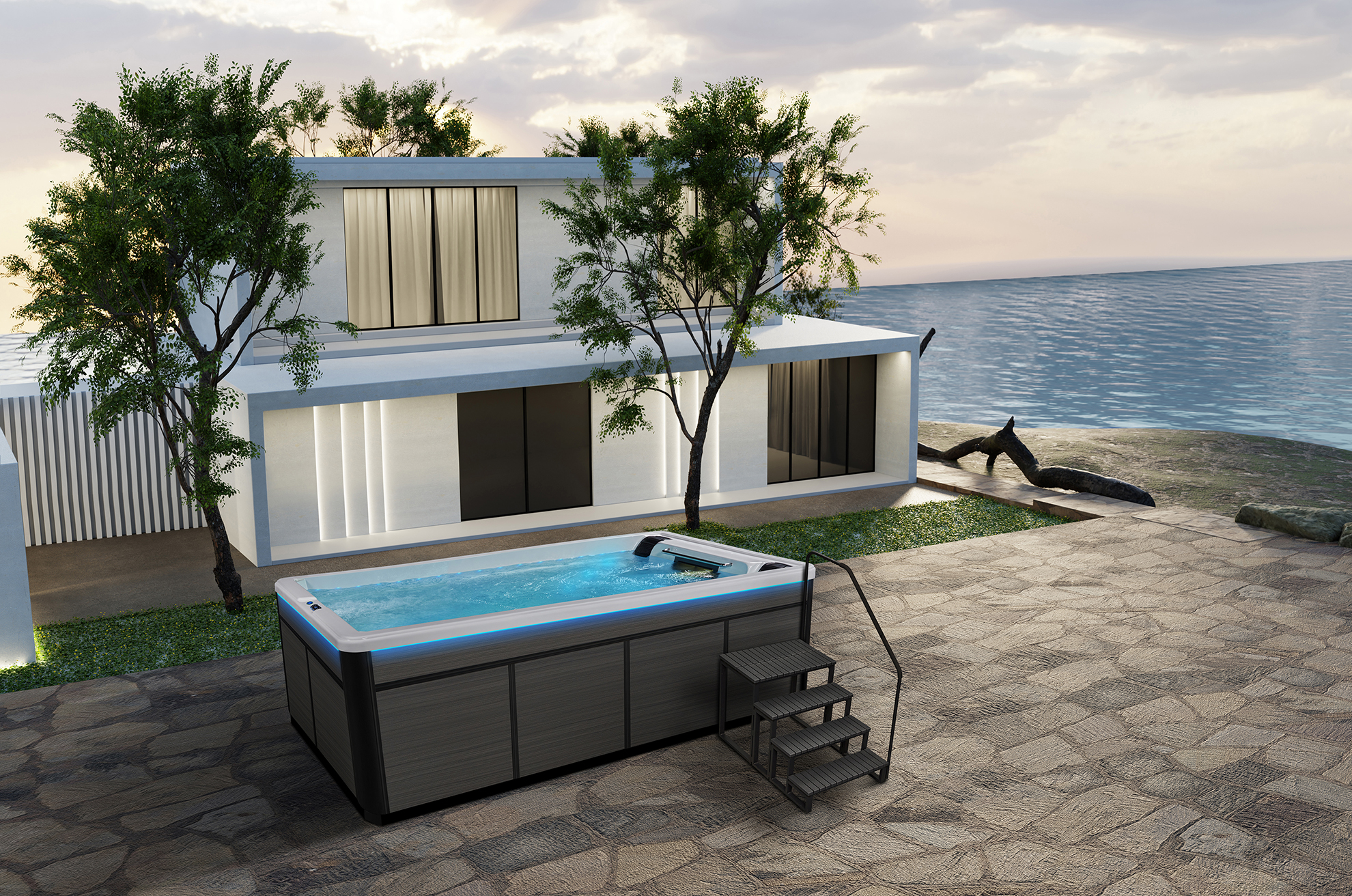Why Acrylic Swimming Pools Only Need Water Changes Every Three Months?
Acrylic swimming pools have gained popularity for their durability, elegance, and low maintenance requirements. One notable feature of these pools is their ability to keep the water clean and clear for an extended period, often only needing to be changed every three months. Let’s explore why this is the case.
1. Excellent Filtration Systems:
Acrylic swimming pools are equipped with highly efficient filtration systems. These systems consist of pumps, skimmers, and filters that work in tandem to remove debris, dirt, and contaminants from the water. The advanced filtration keeps the water crystal clear and reduces the need for frequent water changes.
2. High-Quality Water Chemistry Control:
The water chemistry in acrylic swimming pools is closely monitored and controlled. The pH levels, alkalinity, and chlorine content are maintained within precise ranges to inhibit the growth of algae and bacteria. This balanced chemistry not only ensures water quality but also prolongs the lifespan of the water.
3. UV Disinfection:
Many acrylic swimming pools incorporate UV disinfection systems. These systems use ultraviolet light to destroy bacteria, viruses, and algae in the water. UV disinfection is a powerful method for maintaining water clarity and reducing the need for water changes.
4. Reduced Evaporation:
Acrylic swimming pools typically feature insulating covers that reduce water evaporation. Less evaporation means fewer impurities are concentrated in the water, extending the time between necessary water changes.
5. Regular Maintenance and Cleaning:
Routine maintenance, including skimming the surface, vacuuming, and brushing the pool walls, helps prevent the buildup of debris and algae. Regular cleaning is essential to maintaining water quality and minimizing the need for water changes.
6. Proper Water Storage:
Water quality can also be maintained by properly storing and treating the water when the pool is not in use. This prevents the water from stagnating, which can lead to problems like algae growth and contamination.
7. Cost-Efficiency and Environmental Considerations:
Infrequent water changes have cost-saving benefits and are more environmentally friendly. Reducing water consumption is essential, particularly in areas with water scarcity or restrictions.
While acrylic swimming pools offer several advantages when it comes to water maintenance, it’s important to note that water quality can vary based on factors like usage, weather conditions, and local water quality. Regular monitoring and testing of water parameters are still essential to ensure a safe and enjoyable swimming experience. In essence, the combination of efficient filtration systems, water chemistry control, and regular maintenance makes acrylic swimming pools an excellent choice for those looking to enjoy pristine water quality while reducing the frequency of water changes.
